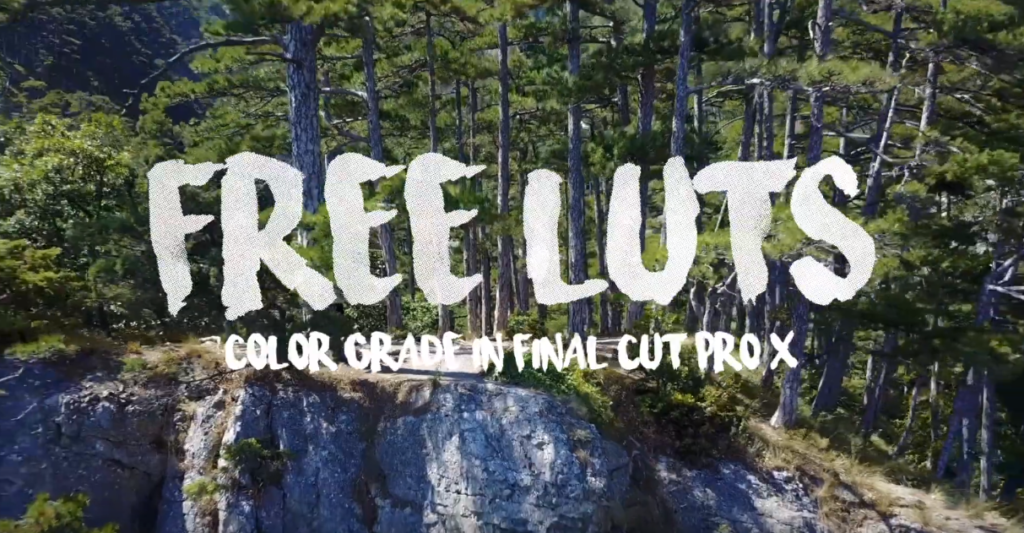

Exposure sets the right level of luminance for your most important part of your image. The order of controls in CF2 from top to bottom are a great way to develop a workflow. Too much to explain here but worthwhile reading up about it.Īnd the last advice: practise,practise, practise grading is an art and I’m still an amateur so read about it as much as you can, look at tutorials, maybe even buy one.Īlmost forgot. If you want to get even more sophisticated you can use the ACES colour space inside CF2. To use luts for a certain look remember that they only really work after you adjusted your image to a neutral colour balance. I generally start editing with the correct camera LUT in the clip inspector for the log footage I have knowing that I might need to switch the order for certain clips. and the only way to do that is to apply them via the custom filter as the LUT in the inspector is always applied before any other filter. bright window inside room) In this case it’s actually better to apply the LUT after your Curves, Wheels etc.

BUT because they are based on the perfect exposed log image they sometimes push too far when you or your DP didn’t nail the exposure or had to make a compromise because they couldn’t use lights to compensate for super high contrast (eg. Nice thing this way that you apply them once and they stay with clips throughout the library and you don’t have to apply the LUT in every new project. On LUTs: If you use luts to compensate for Log footage you could apply them via the clip inspector. The last steps are then secondary adjustments to specific areas like eg soft vignetting parts to emphasise the main object in your frame or targeting specific colours like giving the sky a richer blue. Lots of thinking about what you see, what your scopes are telling you and what you want to achieve. Say you have White bonnet next to a red wall the red reflects in the bonnet and if you would balance the white to pure white your red would be off. Where I still get caught sometimes is that you have to be careful with colour reflections that influence your perceived neutral white. But a good point to start is to actually look at what you need to adjust to get a neutral white and black. This part is wide open because so many factors play into. Do I want It in general warmer or colder (eg evening or morning).
Final cut pro color grading workflow skin#
Curves has other advantages that I can precisely target luma values and not just the 30% lower/mid/high values like with wheels.Īfter I’m happy with the contrast (even if some areas like sky or skin need more work in a secondary pass) I work on the tone.īy tone I mean how I want my colours to look. For this reason I use Curves when using FCP tools and Exposure in CF2.

So I want to raise the luma of the main content and also compensate to not wash out everything. EG when shooting a lot with natural light you sometimes and end up with important content (face, main object) that is in the shadow. First I think about how can I maximise the luminance contrast in the picture and where do I need to compensate for deficiencies. Grading for me is all about 2 things: contrast and tone. FCP own tools are very good and get you to very good results BUT you can’t beat the ease and helpful organisation of tools and once you get comfortable with the basics of grading ColorFinale gives you some amazing tools to add the ‘x’ factorīut back to Ben’s great points. I respectfully disagree that Color Finale is not worth it. That said Ben’s order of approach is a great ‘rule book’. Very big topic so not one answer is the right one.


 0 kommentar(er)
0 kommentar(er)
